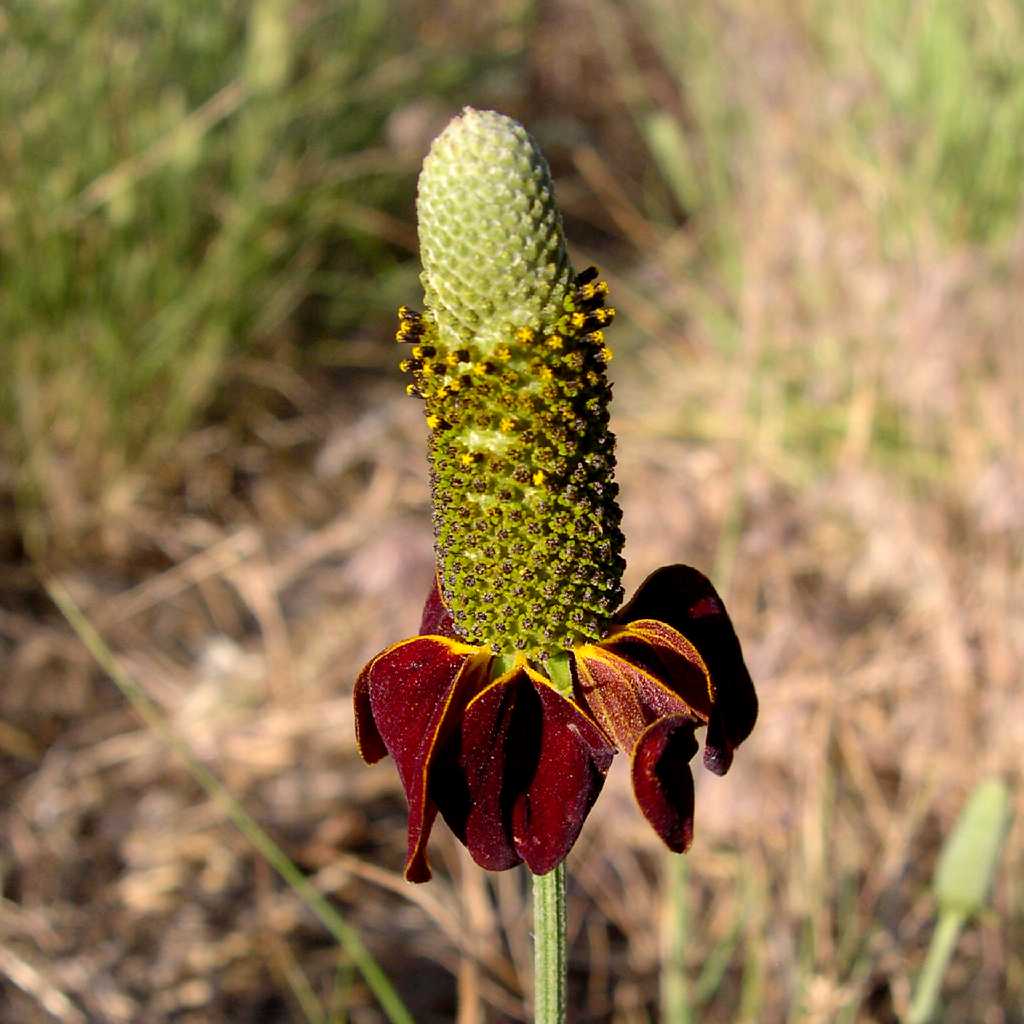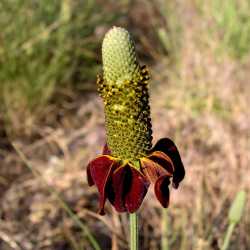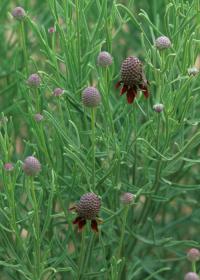Perennials, 15-120 cm. Stems 1-12+, erect, branched from bases, throughout, or only among heads, strigoso-hirsute, gland-dotted. Leaves basal and cauline; alternate; petiolate (petioles relatively shorter distally); blades lanceolate to ovate or oblanceolate to obovate or oblong, pinnately lobed to 1-2-pinnatifid (lobes usually rounded), ultimate margins entire or serrate, faces usually strigoso-hirsute, usually gland-dotted. Heads radiate, borne singly or in loose, corymbiform arrays. Involucres ± rotate, 8-16 mm diam. Phyllaries persistent, 5-15 in 2 series (usually reflexed in fruit, unequal, outer longer). Receptacles subspheric to columnar, paleate (paleae conduplicate, linear to oblong-oblique, chartaceous proximally, herbaceous distally, apices truncate, usually densely strigose and gland-dotted, each margin usually with an adaxial resin gland; receptacles plus paleae and florets = discs, 5-70 × 5-18 mm). Ray florets 3-15+, neuter; corollas yellow, bicolor (maroon/yellow), or wholly maroon. Disc florets 50-400+, bisexual, fertile; corollas yellowish green, often purplish distally, tubes shorter than cylindric throats, lobes 5, obovate to triangular (gland-dotted and, sometimes, hairy abaxially). Cypselae (black) strongly compressed, linear-oblanceolate to oblong-oblique, margins (at least abaxial) usually ciliate or pectinate-fimbriate, apices truncate and, often, ciliate, faces glabrous or sparsely hairy; pappi of 1-2 toothlike projections, or coroniform, or 0. x = 16.
Heads radiate, the rays mostly 3-13, neutral, relatively broad, yellow or partly or wholly brown-purple; invol a single series of green, subherbaceous, linear or lance-linear bracts; receptacle columnar, chaffy, its bracts subtending rays as well as disk- fls, ±clasping the achenes, the tip densely velutinous and incurved; disk-cors numerous, short, cylindric, scarcely narrowed at base; style-branches flattened, with ovate to subulate, hairy appendage; achenes compressed at right angles to the invol bracts, often also evidently quadrangular, glabrous except for the sometimes ciliate margins; pappus coroniform, with 1 or 2 prolonged, awn-like teeth, or of teeth only, or absent; perennial herbs with alternate, pinnatifid lvs and naked-pedunculate heads. 6, N. Amer. (Lepachys)
Gleason, Henry A. & Cronquist, Arthur J. 1991. Manual of vascular plants of northeastern United States and adjacent Canada. lxxv + 910 pp.
©The New York Botanical Garden. All rights reserved. Used by permission.







